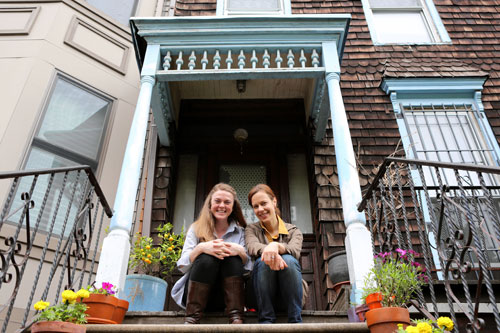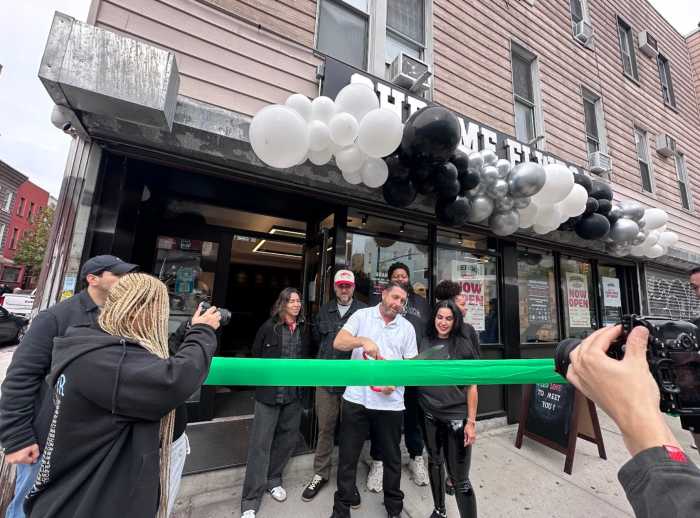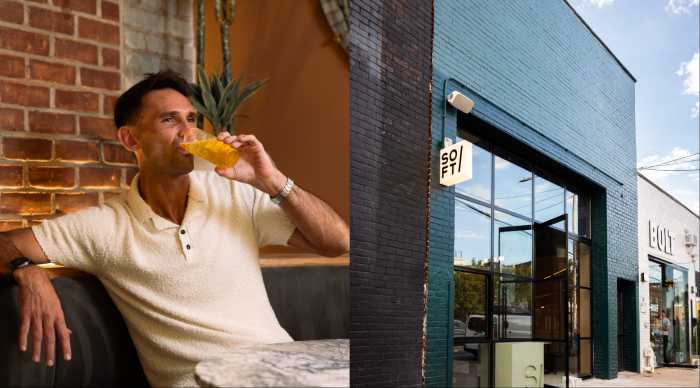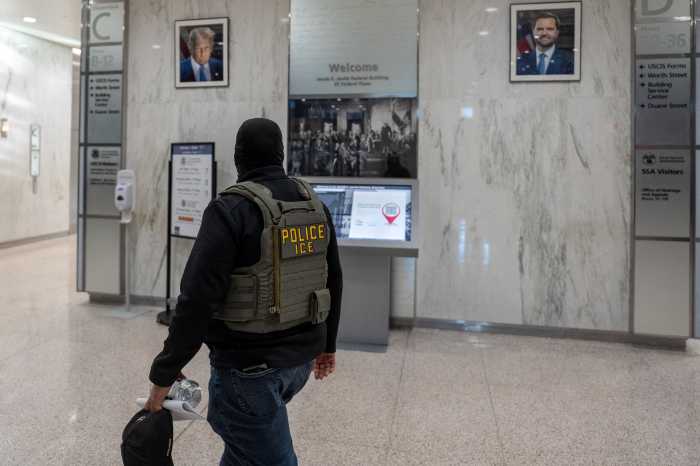You won’t hear shouts to get off these lawns — because they’re actually sidewalks.
A group is conducting tours of Brooklyn’s wood-framed row houses, and the home owners — who often put in a lot of effort to restore these unique buildings — don’t seem to mind the attention, say the guides.
“One time, this woman hung her head out of a window and asked, ‘What are you doing?’ We shouted, ‘We love your house!’ ” said Chelcey Berryhill, one of the contributors to the Wooden House Project website, which blogs about these antique homes and organizes neighborhood tours.
“She invited us inside to show us the backyard. It’s really great to see homeowners get excited. Their faces light up because no one ever appreciates their work. Restoring a house is hard!”
Brooklyn is known for its brownstone buildings, but their wooden predecessors once filled the borough. According to Elizabeth Finkelstein, founder of the Project, the older wood-framed houses are usually in the same neighborhoods as brownstones, and can be identified by their vinyl sidings.
But the construction of the houses was made illegal due to the fire hazard they posed. Candle-lit homes of the 19th century meant brownstone was a safer material, though it wasn’t just the wooden homes’ flammable frames that distinguished these structures from later living spaces — it was also their size and extravagance.
“A lot of these houses were built in the late to mid-19th century, which was the height of the Victorian era, so there was this idea that you had to fill up as much space as you could,” said Berryhill.
“Owners put up all these ornate, beautiful details, making them look like gingerbread houses.”
According to Finkelstein, the passion for these houses and their aesthetics is very much alive in their current owners.
“A lot of the people who live in the houses we’re talking about performed renovations with their own two hands. It’s a labor of love,” she said.
The hard work can be appreciated by anyone who cares to walk down the streets where these houses stand. While brownstones evoke a romantic Hollywood version of New York City, the wooden houses provide a stranger and less familiar experience of Brooklyn.
“They completely change the feel of the streetscape,” said Berryhill. “When you walk down a street and see these beautiful rows of antique houses, they give you this really great feeling of comfort.”
Both Finkelstein and Berryhill became acquainted while at Pratt University. Their paths crossed again when Berryhill interned for Finkelstein at the Greenwich Village Society. Their shared love for vernacular architecture has kept their friendship steadfast. Finkelstein is presently a visiting professor at Pratt Institute and Berryhill works at the Brooklyn Historical Society. Whatever spare time they have is spent doting on the Wooden House Project.
“This isn’t our job,” said Berryhill. “We just do it because we love it. I wish we could do it all the time.”
Tours led by Finkelstein and Berryhill typically consist of no more than twenty people. Participants are offered a glimpse of Brooklyn’s past, enlightened on the present state of the wooden houses, and encouraged to prevent the possibility of their future demise.
“The Great Wooden Houses of Greenpoint,” [Meeting location provided with registration, (347) 292–7246, www.woodenhouseproject.com]. July 22, 6 pm, $15.

























